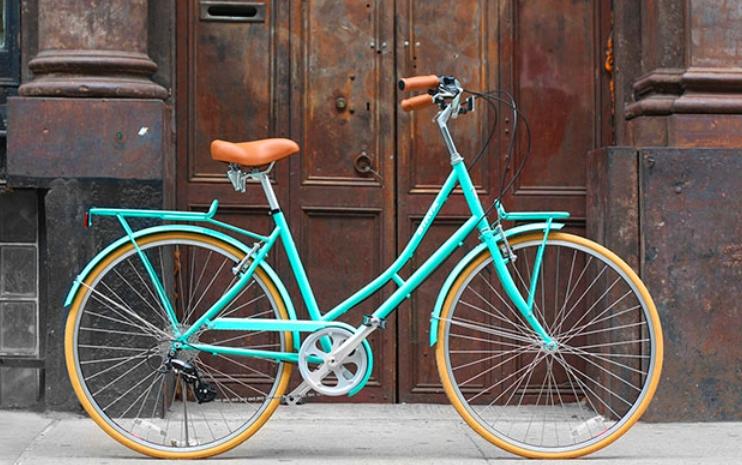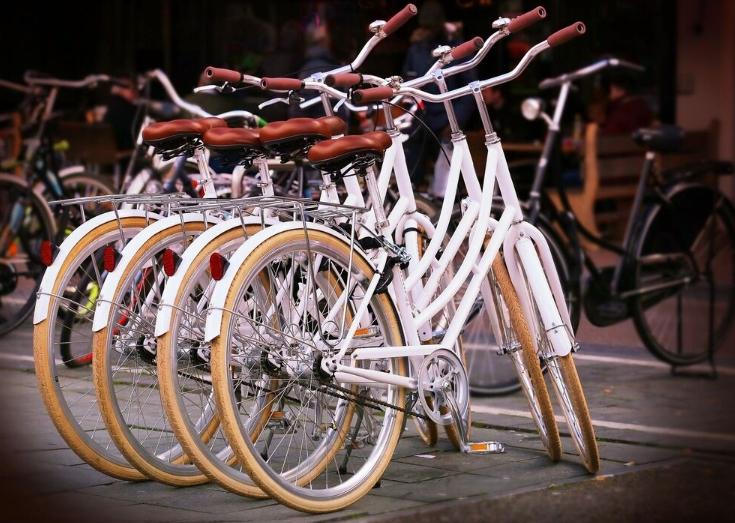The European Parliament has shown the way to emission-free traffic
Over the past 30 years, greenhouse gas emissions in the transport sector have continued to rise in Europe, making it the only industry to do so. Given this reality, it is evident that a shift towards climate-friendly modes of transportation is more critical than ever to achieve the Paris climate goals.
Transport policy in Europe is currently at a critical juncture. While conservative groups, influenced by the automobile lobby, are pushing for motorway construction and defending the use of internal combustion engines, a progressive majority in the European Parliament recently paved the way for zero-emission transport. The decision to phase out combustion engines by 2035 can be viewed as a significant step forward, but there is still much work to be done to achieve a true turnaround in mobility. One crucial aspect of this shift, which has received relatively little attention at the EU level, is the promotion of bicycles.

For a long time, the bicycle has been seen as a peripheral matter in European transport policy, mainly associated with leisure and sports. However, the benefits of cycling in daily life are well-established: zero CO2 and pollutant emissions, as well as low noise levels, would greatly enhance the quality of life in Europe’s congested and polluted cities. In terms of environmental and climate protection, no other mode of transport can compete with cycling: it requires little space, is highly efficient, and can be easily integrated with other forms of transport, such as buses and trains.
The potential of the bicycle as a means of transportation is enormous. In fact, in the EU, half of the distances traveled by car are less than five kilometers – a distance that the bicycle can easily cover, often even faster, especially with the increasing popularity of e-bikes. Additionally, cargo bikes have made cycling an attractive option for transporting goods. In a 2018 study, almost half of the respondents reported that they would have otherwise used a car. Furthermore, choosing a bicycle over a car has significant financial benefits as well, as bicycle maintenance costs are much lower and fuel costs are eliminated.
Why, then, is the private car still the preferred mode of transportation for so many people? The answer often lies in urban planning, which has been geared towards cars for decades: inadequate or narrow cycling paths, hazardous roads, and a lack of parking options. With such an environment that is unfriendly to cycling – in Germany, for instance, the cycling climate received a sobering rating of 3.9 – it is no wonder that the number of daily bike trips remains low.

The EU Parliament’s recent resolution aims to bring about change. The resolution, passed last Thursday, calls on the EU Commission to devise a cycling strategy and declare 2024 as the “European Year of the Bicycle”. The bicycle will be considered in future legislative processes such as the trans-European networks. Investments will be directed towards developing safe bicycle infrastructure and encouraging synergies with other modes of transportation. The resolution emphasizes the importance of a multimodal network and highlights the bicycle’s potential in the “last mile” of commuting to work, provided there are sufficient parking facilities at train stations, trains, or buses.
The bicycle industry is set to receive a boost, with a particular focus on small and medium-sized companies. The aim is to create one million sustainable jobs by 2030. The proposed measures include a reduced VAT rate for sales, rentals, and repairs to make cycling even more attractive. In summary, the ideas put forward by the Parliament are far-reaching.
The next step is in the hands of the Commission. If they follow through with proclaiming 2024 as the year of the bicycle and develop an EU cycling strategy, this could lead to the introduction of several laws to promote cycling. The member states would then need to implement these laws. Some EU countries already have national cycling strategies that could be reinforced by EU laws.

Numerous cities have already implemented successful cycling strategies at the local level, such as Copenhagen, which has established an extensive network of “Protected Bike Lanes” that extend into rural areas. Even seemingly small details, such as footrests at traffic lights, “drive-by” garbage cans, or repair stations, can contribute to bicycle-friendly urban planning. Mobility stations, offering rental e-bikes and cargo bikes, are essential in encouraging more people to switch to cycling. The data shows that where there is good and safe cycling infrastructure, it will be used. However, the financial commitment varies widely, with Utrecht investing €132 per capita in cycling infrastructure compared to only €2.30 in Munich.
A Europe-wide cycling strategy based on successful examples such as Copenhagen or Utrecht is urgently needed, as demonstrated by the implementation of protected bike lanes and other bicycle-friendly urban planning features. While implementation may vary, the EU Parliament’s decision to proclaim 2024 as the “European Year of the Bicycle” and call for a cycling strategy is a powerful signal for the recognition of the bicycle as a fully-fledged means of transport that can greatly contribute to the transition to sustainable mobility.



